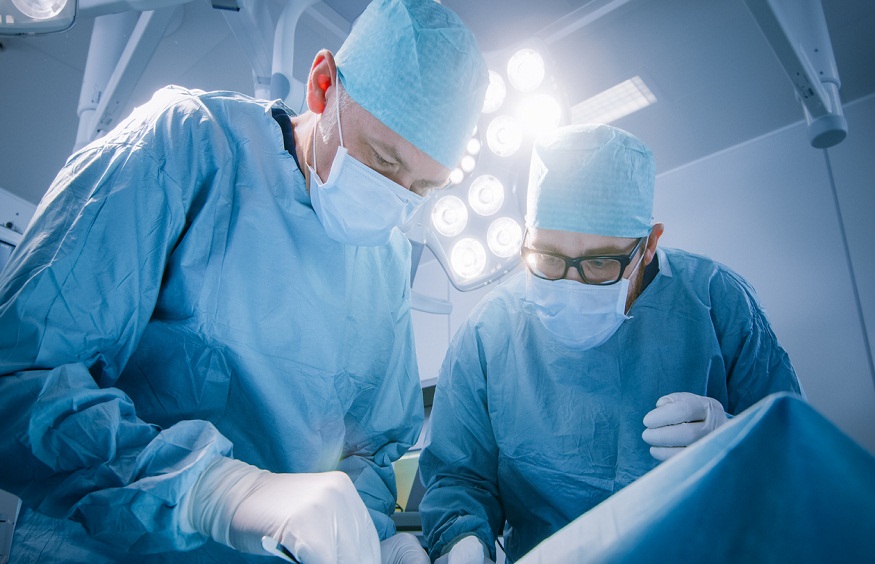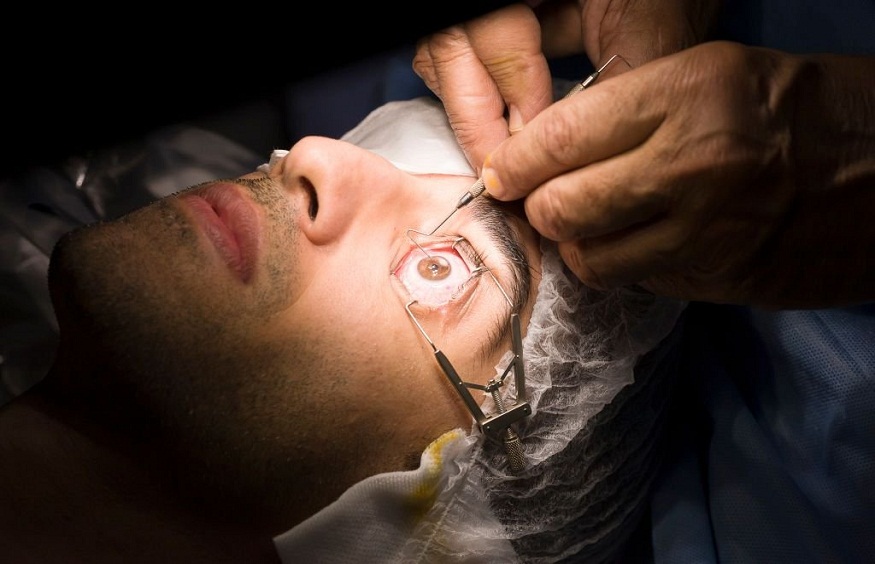Unseen to many, plastic surgery extends beyond the realms of beauty enhancement. It’s a vital tool we use to correct birth defects and trauma injuries. Kids born with cleft lips, soldiers injured on the battlefield, or people who have suffered from burns can all benefit from reconstructive procedures. Even conditions like Chevy Chase seborrheic keratosis, a benign skin growth, can be treated through plastic surgery. This blog will uncover the less-known, significant side of plastic surgery.
Correcting Birth Defects
Birth defects like cleft lips or palates are common. But plastic surgery can help. It fixes the function and appearance of affected areas. It gives children a chance at a normal life.
Let’s take a case of clubfoot. It’s a birth defect where a child’s foot points inward instead of forward. With a series of surgeries, we can correct this, allowing the child to walk and run normally.
Treating Trauma Injuries
Plastic surgery is a beacon of hope for trauma victims too. It helps heal wounds and reclaim lost features.
Take the case of a soldier injured in the battlefield. Plastic surgery can help reconstruct their shattered face. Or think of burn victims. Through skin grafts, we can reduce scarring and restore appearance and function.
Plastic surgery is a healing hand for trauma victims. It gives them the chance to live life without the constant reminder of their painful past.
Difference between Cosmetic and Reconstructive Surgery
Cosmetic and reconstructive surgeries are two sides of the same coin. But their motives differ. Cosmetic surgery aims at enhancing appearance. Reconstructive surgery corrects defects and injuries. Here’s a table to make things clearer:
| Cosmetic Surgery | Reconstructive Surgery | |
| Purpose | Enhance appearance | Correct defects and injuries |
| Examples | Nose job, liposuction | Cleft lip repair, burn treatment |
Conclusion
Plastic surgery is more than just a beauty tool. It’s a reconstructive force in medicine. It corrects birth defects and heals trauma injuries. It lends a helping hand to those who need it most. Let’s appreciate this hidden side of plastic surgery.




